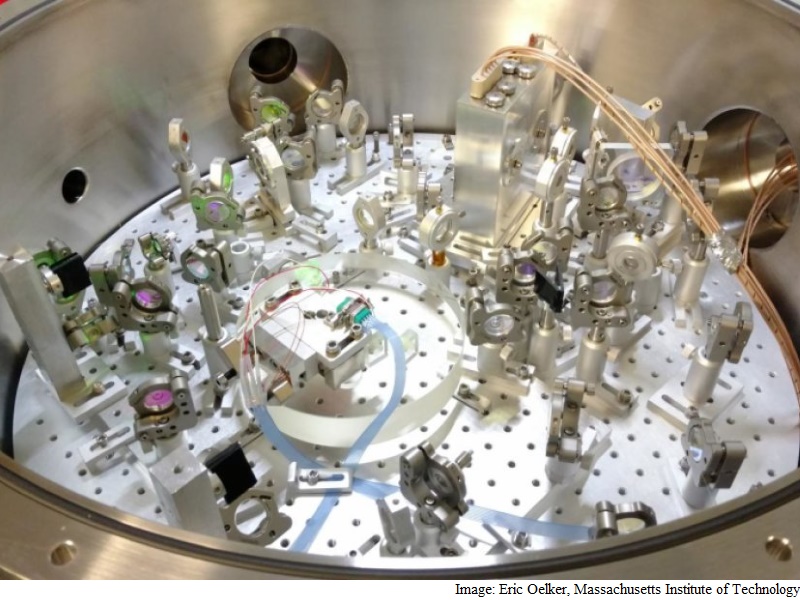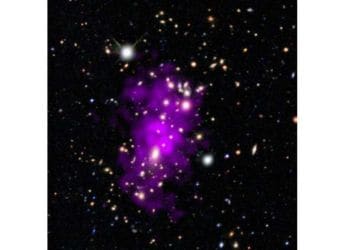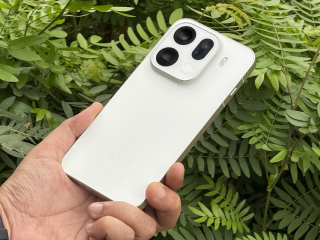- Home
- Science
- Science News
- New Technology Could Help Detect Gravitational Waves Better
New Technology Could Help Detect Gravitational Waves Better

The team from Massachusetts Institute of Technology (MIT) and Australian National University report on improvements to what is called a squeezed vacuum source.
Although not part of the original Advanced LIGO design, injecting the new squeezed vacuum source into the LIGO detector could help double its sensitivity.
(Also see: Meet LIGO, the World's Most Sophisticated Science Machines)
This will allow detection of gravitational waves that are far weaker or that originate from farther away than is possible now.
"There are many processes in the universe that are inherently dark; they don't give off light of any colour," said Nergis Mavalvala from MIT Kavli Institute for Astrophysics and Space Research.
"Since many of those processes involve gravity, we want to observe the universe using gravity as a messenger," Mavalvala said in a paper that appeared in the Optica.
Scientists at Advanced LIGO announced the first-ever observation of gravitational waves earlier this year - a century after Albert Einstein predicted their existence in his general theory of relativity.
Studying gravitational waves can reveal important information about cataclysmic astrophysical events involving black holes and neutron stars.
Researchers from the California Institute of Technology and MIT conceived, built, and operate identical Advanced LIGO detectors in Livingston, Louisiana and Hanford, Washington.
Each observatory uses a 2.5-mile-long optical device known as an interferometer to detect gravitational waves coming from distant events, such as the collision of two black holes detected last year.
The researchers are planning to add their new squeezed vacuum source to Advanced LIGO in the next year or so.
Once implemented, it will improve the sensitivity of the gravitational detectors, particularly at the higher frequencies important for understanding the composition of neutron stars.
These extremely dense stars contain the mass of the sun, which has a radius of 700,000 km, within just a 10-km diameter.
Catch the latest from the Consumer Electronics Show on Gadgets 360, at our CES 2026 hub.
Related Stories
- Samsung Galaxy Unpacked 2025
- ChatGPT
- Redmi Note 14 Pro+
- iPhone 16
- Apple Vision Pro
- Oneplus 12
- OnePlus Nord CE 3 Lite 5G
- iPhone 13
- Xiaomi 14 Pro
- Oppo Find N3
- Tecno Spark Go (2023)
- Realme V30
- Best Phones Under 25000
- Samsung Galaxy S24 Series
- Cryptocurrency
- iQoo 12
- Samsung Galaxy S24 Ultra
- Giottus
- Samsung Galaxy Z Flip 5
- Apple 'Scary Fast'
- Housefull 5
- GoPro Hero 12 Black Review
- Invincible Season 2
- JioGlass
- HD Ready TV
- Laptop Under 50000
- Smartwatch Under 10000
- Latest Mobile Phones
- Compare Phones
- OPPO Reno 15 Pro Max
- Honor Win RT
- Honor Win
- Xiaomi 17 Ultra Leica Edition
- Xiaomi 17 Ultra
- Huawei Nova 15
- Huawei Nova 15 Pro
- Huawei Nova 15 Ultra
- Asus ProArt P16
- MacBook Pro 14-inch (M5, 2025)
- OPPO Pad Air 5
- Huawei MatePad 11.5 (2026)
- Xiaomi Watch 5
- Huawei Watch 10th Anniversary Edition
- Acerpure Nitro Z Series 100-inch QLED TV
- Samsung 43 Inch LED Ultra HD (4K) Smart TV (UA43UE81AFULXL)
- Asus ROG Ally
- Nintendo Switch Lite
- Haier 1.6 Ton 5 Star Inverter Split AC (HSU19G-MZAID5BN-INV)
- Haier 1.6 Ton 5 Star Inverter Split AC (HSU19G-MZAIM5BN-INV)

















